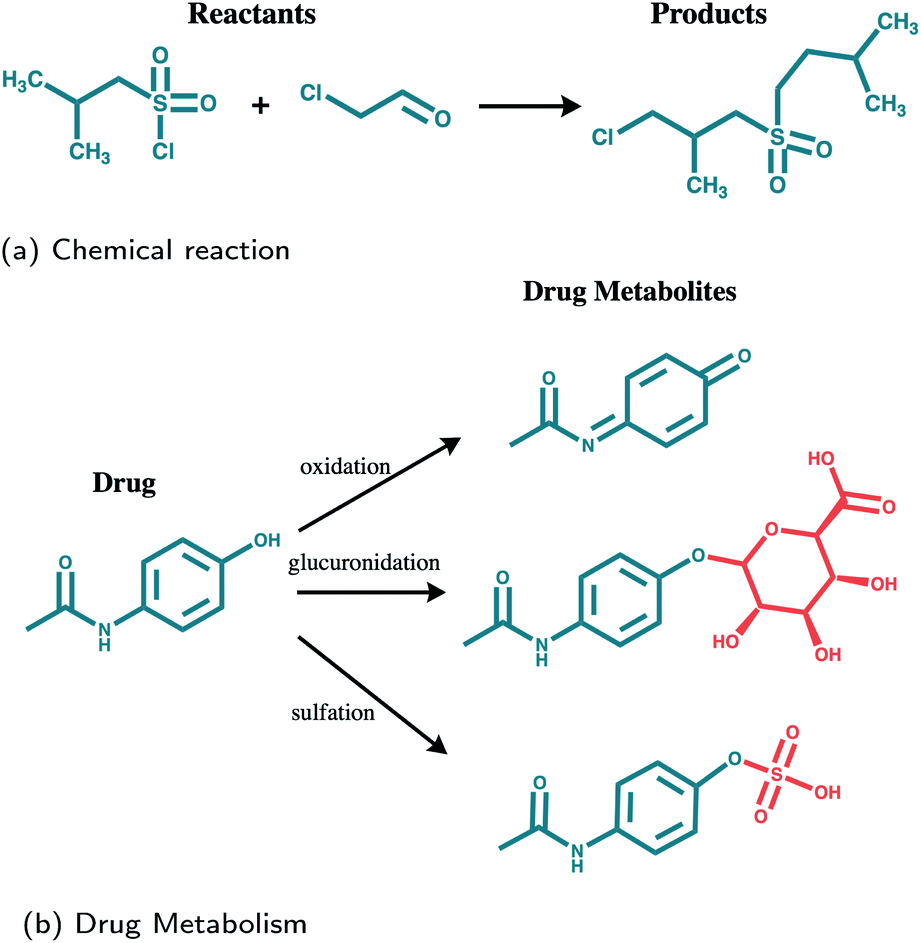Match the Possible Consequence of Drug Metabolism to Its Example.
Match the possible consequence of drug metabolism to its example. Phase I Metabolism converts the drug into metabolite by formation of a new functional group or modifying it while stage II Metabolism or reactions involve junction with autochthonal substance.

Drug Metabolism And Variability Among Patients In Drug Response Nejm
Patient is alert and oriented.

. 3- Appraisal of drugs therapeutic side and adverse effects. Conversion of procaine into para-aminobenzoic acid PABA Conversion of codeine into morphine Conversion of acetaminophen into metabolite Conversion of lipid-soluble drugs into water-so. Provision of Drug information.
Examples include phenobarbital meprobamate carbamazepine. Match the right to its example. Match the possible consequence of drug metabolism to its example.
Conversion of procaine into para-aminobenzoic acid PABA Conversion of codeine into morphine Conversion of acetaminophen into metabolite Conversion of lipid-soluble drugs into water-soluble drugs Increased renal excretion Drug Inactivation Activation of predrug Increased tonicity Increased. For example the rate of metabolism determines the duration and intensity of a drugs pharmacologic action. In such cases called first-order elimination or kinetics the metabolism rate of the drug is a constant fraction of the drug remaining in the body ie the drug has a specific half-life.
A notable example is grapefruitthe juice contains compounds that inhibit CYP3A4 enzymes which can increase the concentrations of many medications that are metabolized by. For example if 500 mg is present in the body at time zero after metabolism 250 mg may be present at 1 hour and 125 mg at 2 hours illustrating a half-life of 1 hour. Once in the liver enzymes convert prodrugs to active metabolites or convert active drugs to inactive forms.
1- Collection of appropriate data after drug administration. The mechanism of action provides knowledge of the causal pathway by which a drug acts on the body. Often these reactions involve the introduction of polar functional groups such as OH to drug molecules to make them more hydrophilic.
Metabolic acidosis or profound hypoglycemia by metformin and other oral hypoglycemic. The study of drug metabolism is called pharmacokinetics. Phase I biotransformations include oxidation reduction and hydrolysis reactions.
Drug metabolism occurs in two phases. Must convert from lipid-soluble into hydrophilic water-soluble molecules. Other adverse effects that are not usually related to hepatic drug metabolism include exaggerated effects on clotting factor synthesis even though warfarin metabolism is not usually affected by liver disease.
The level of these cytochrome P-450. Drug inactivation Increased therapeutic action Increased toxicity Increased renal secretion. Drug metabolism is the term used to describe the biotransformation of pharmaceutical substances in the body so that they can be eliminated more easily.
Conversely an increased rate of metabolism decreases the intensity and duration of action as well as the drugs efficacy. -the MOST important consequence of drug metabolism is promotion of renal drug excretion -kidney is unable to excrete drugs that are highly lipid- soluble. Explain what is meant by a negative.
Most drugs must pass through the liver which is the primary site for drug metabolism. In addition decreased metabolic elimination may lead to accumulation of toxic levels of the drug. Drug metabolism also affects multidrug resistance in infectious diseases and in.
Sodium and water retention by NSAIDs which also confer high risk of GI bleeding. Production of pharmacokinetic tolerance. Clinical use and that for any given drug the multiple factors influencing its metabolism necessitate on-going studies of its biotransformation.
Maximal effects of enzyme induction usually seen in 7-10 days and require similar time to dissipate. The process effectively eliminates the parent drug. Phase I Reactions Include.
Drug metabolism can be divided into the Phase I reactions functionalisation and the Phase II reactions conjugation. Of codeine into morphine by CYP2D6. Induction by a drug of its own metabolism.
The livers primary mechanism for metabolizing drugs is via a specific group of cytochrome P-450 enzymes. As you might expect this slows down metabolism of the drug increasing its bioavailability and prolonging its effects. The involved chemical modifications incidentally decrease or increase a drugs pharmacological activity andor half-life the most extreme example being the metabolic activation of inactive prodrugs into active drugs eg.
The primary objective of drug metabolism is to facilitate a drugs excretion by increasing its water solubility hydrophilicity. Oxidation is much the commonest form of Phase 1 reaction and involves chiefly members of the. As with inducers this can be done by the drug itself or by another substance.
The metabolism of pharmaceutical drugs is an important aspect of pharmacology and medicine. This in turn provides information regarding a drugs appropriate use possible side effects and. Production of pharmacokinetic tolerance.
4- Patients has remained free of injury. Match with these Right Evaluation Right Education Right Assessment Right Documentation. Induction by a drug of its own metabolism.
For example if the rate of metabolism of a drug is decreased this generally increases the intensity and duration of the drug action. Oxidation decrease hydrolysis and hydration reactions and other rare assorted reactions. Phase I in which drug molecules are altered chemically by oxidation reduction or hydrolysis to make them suitable for Phase II reactions or for excretion.
In the first chapter the principles underlying drug absorption distribution metabolism and elimination are described with drug metabolism highlighted within the context of these fundamental. For the following energy system list the macronutrient s being utilized. The majority of metabolic processes that.

Drug Metabolism 1 Flashcards Quizlet

Pharmacological Metabolism An Overview Sciencedirect Topics

Prediction Of Drug Metabolites Using Neural Machine Translation Chemical Science Rsc Publishing Doi 10 1039 D0sc02639e
No comments for "Match the Possible Consequence of Drug Metabolism to Its Example."
Post a Comment